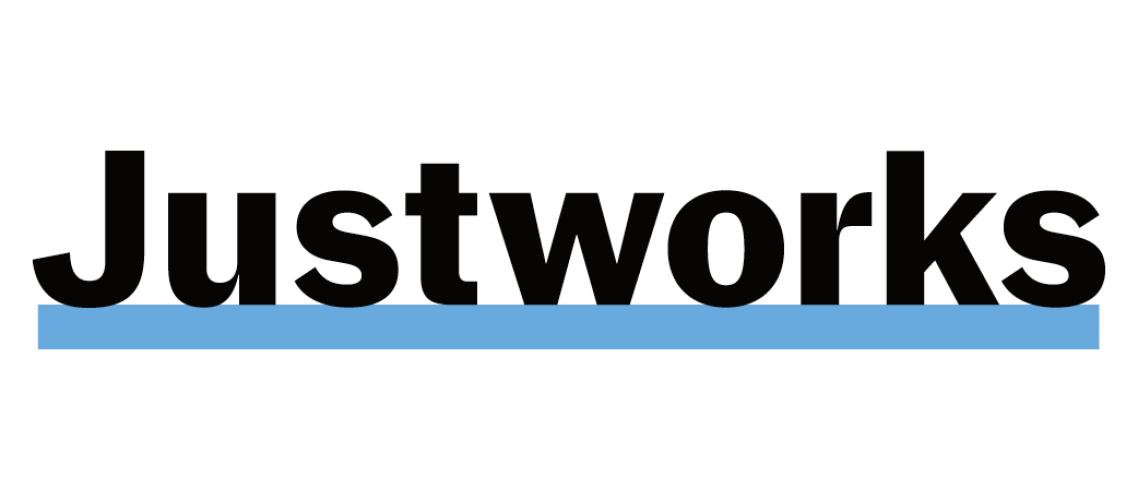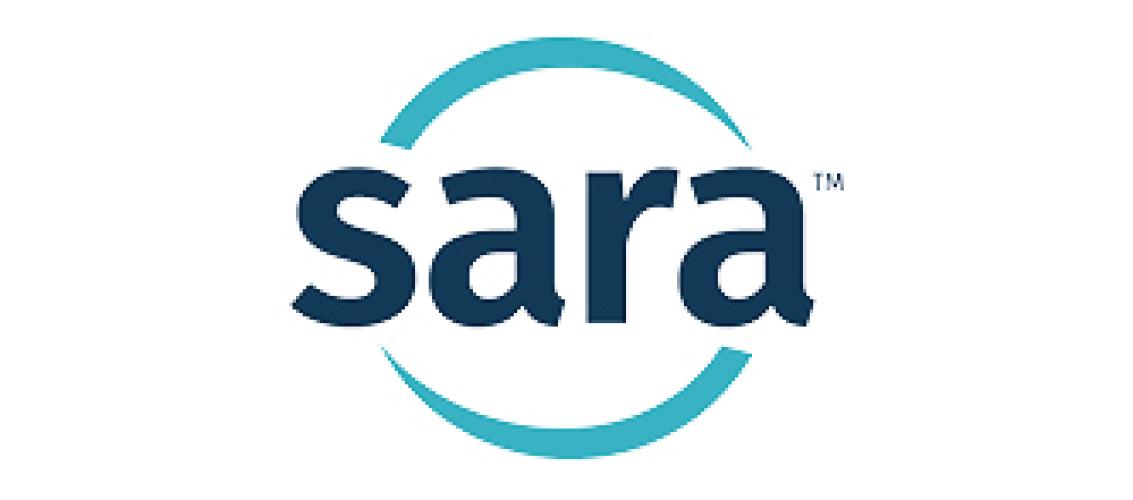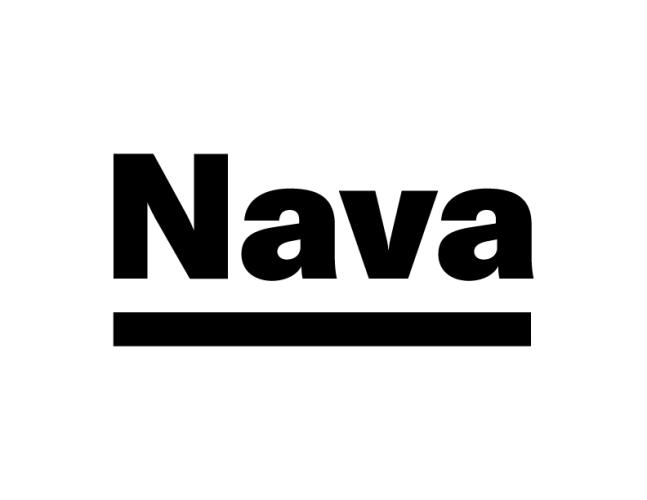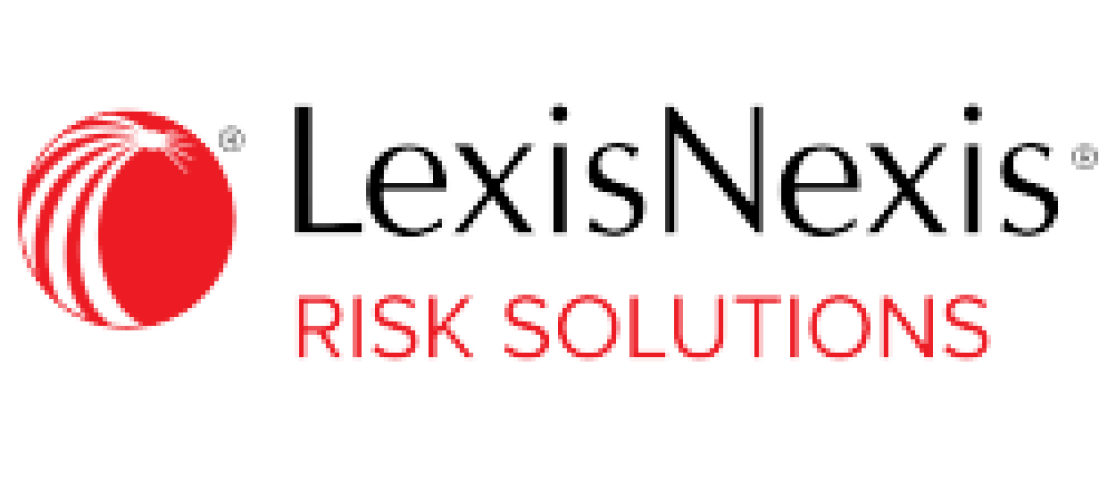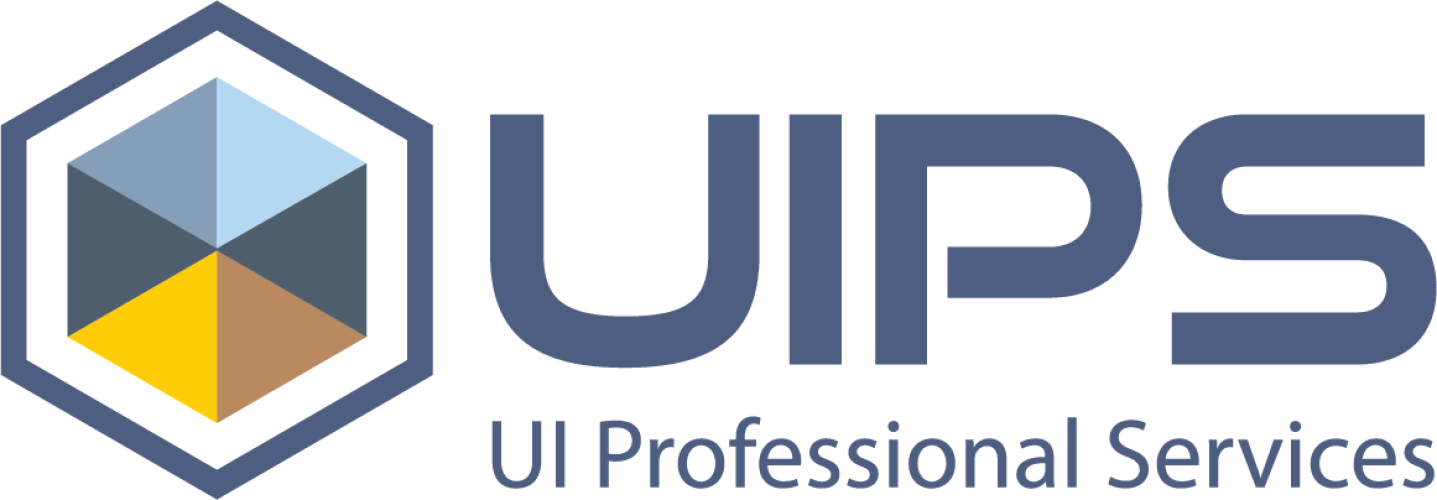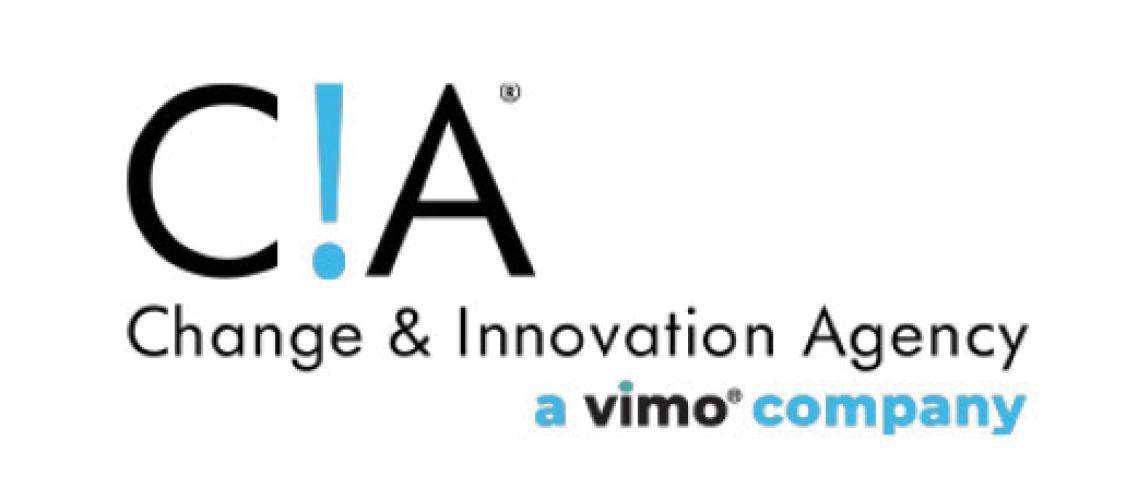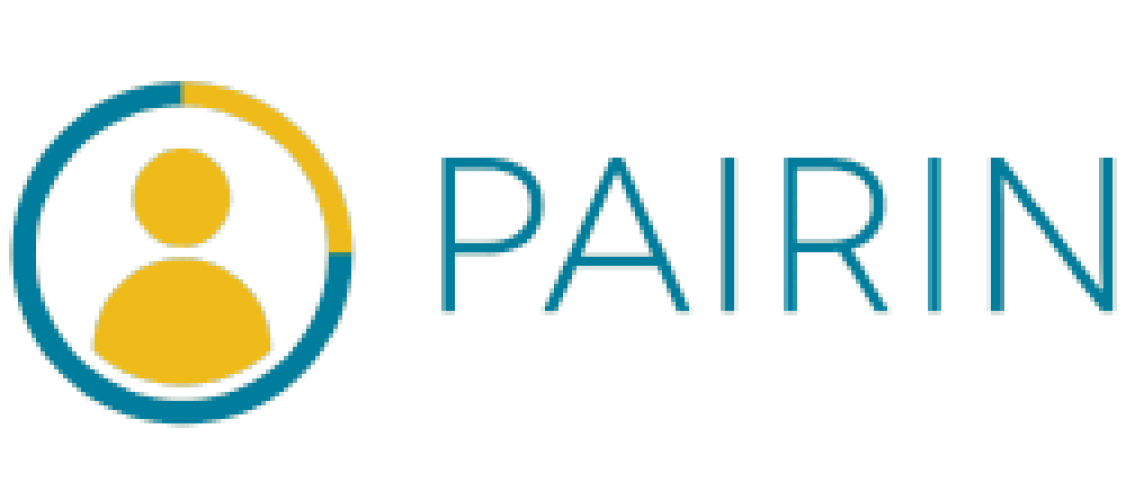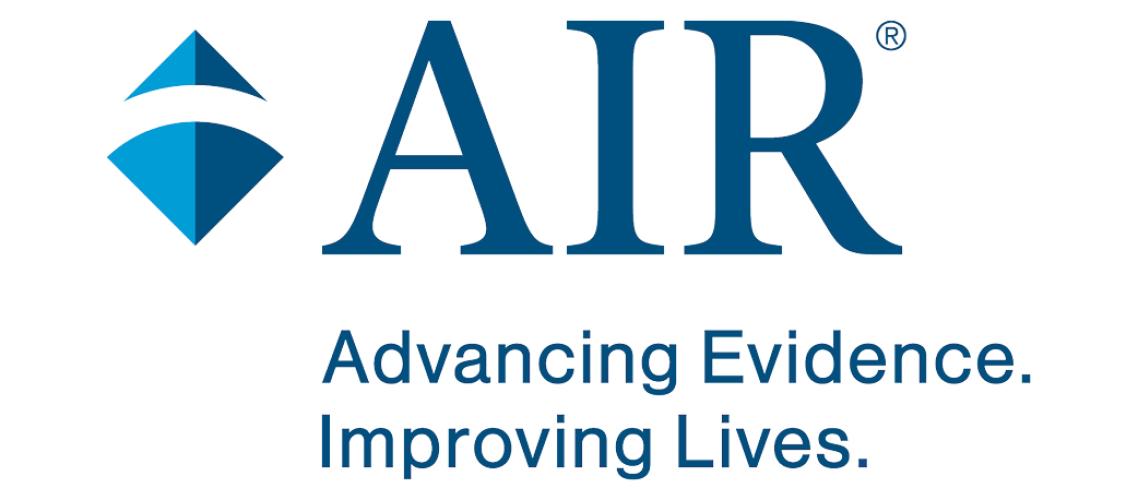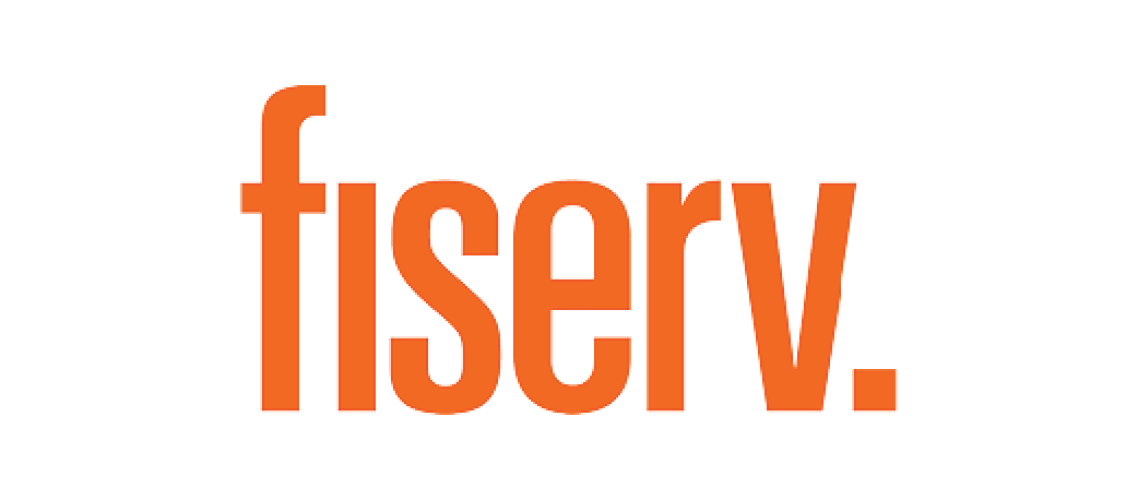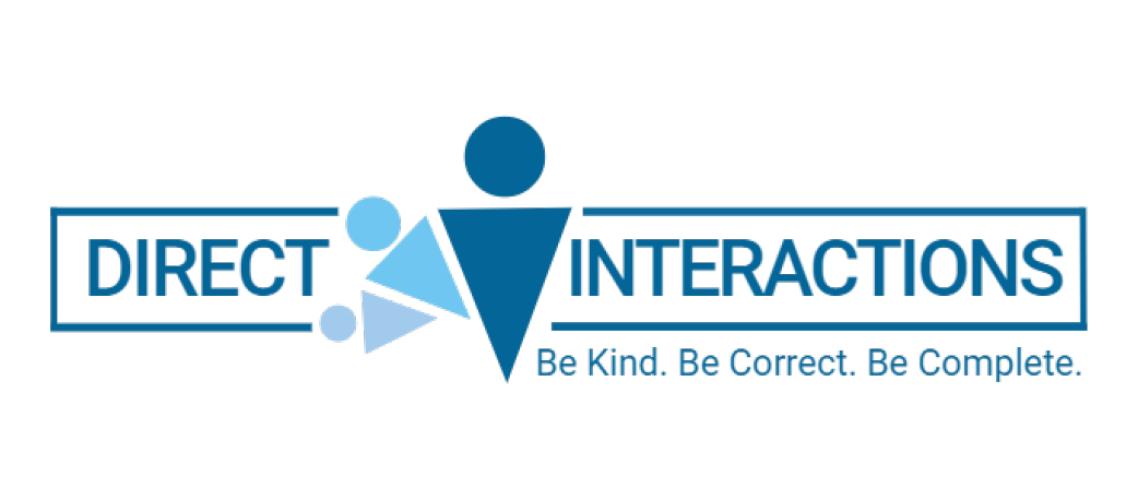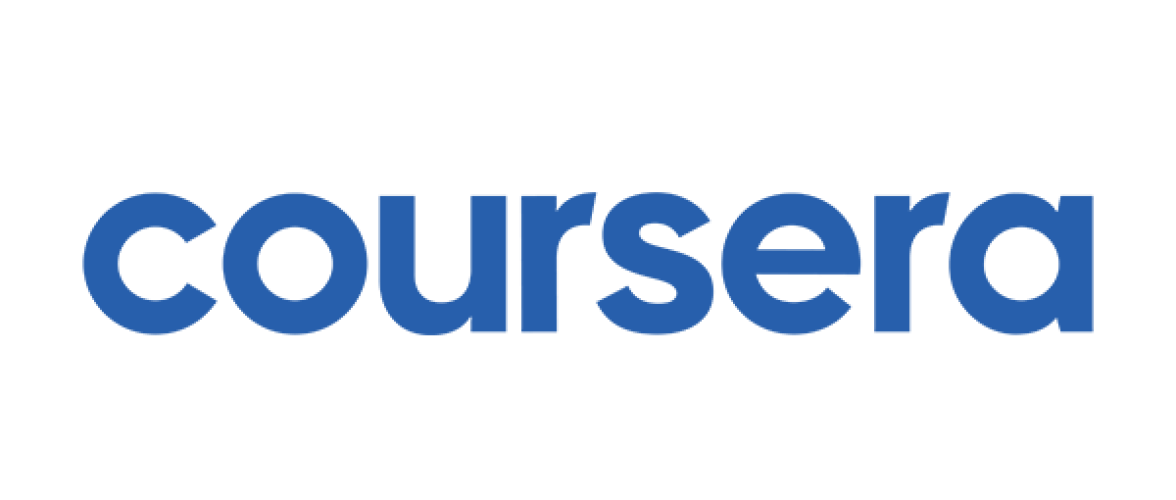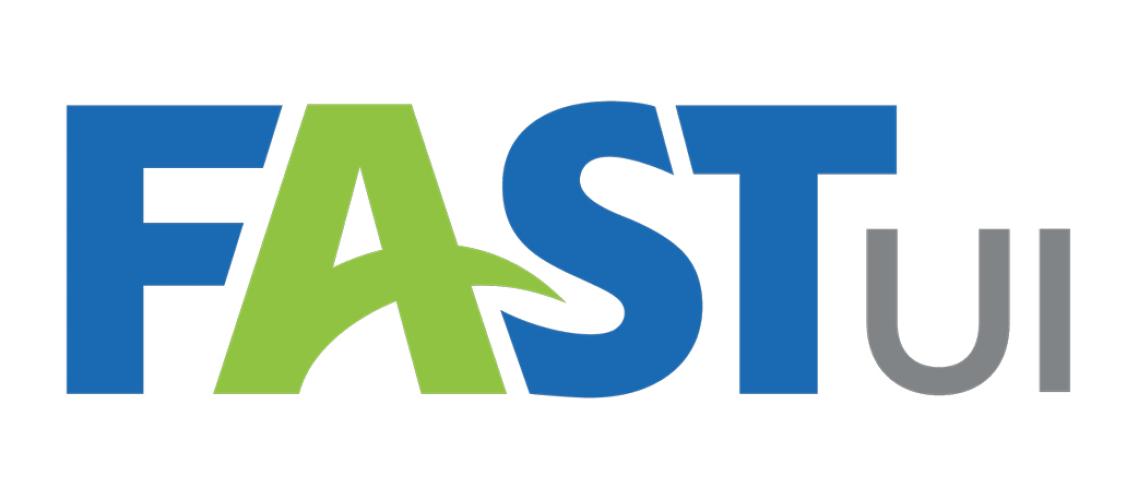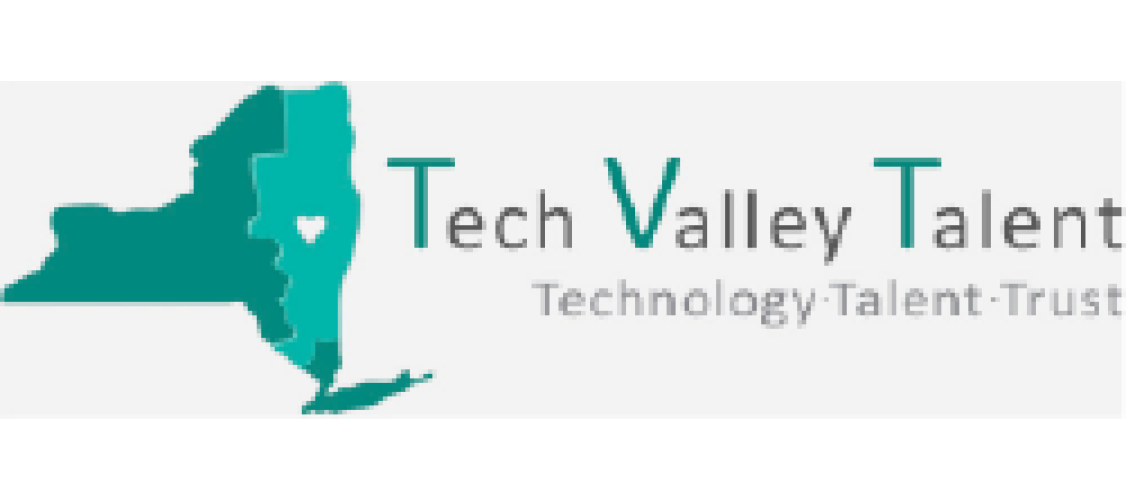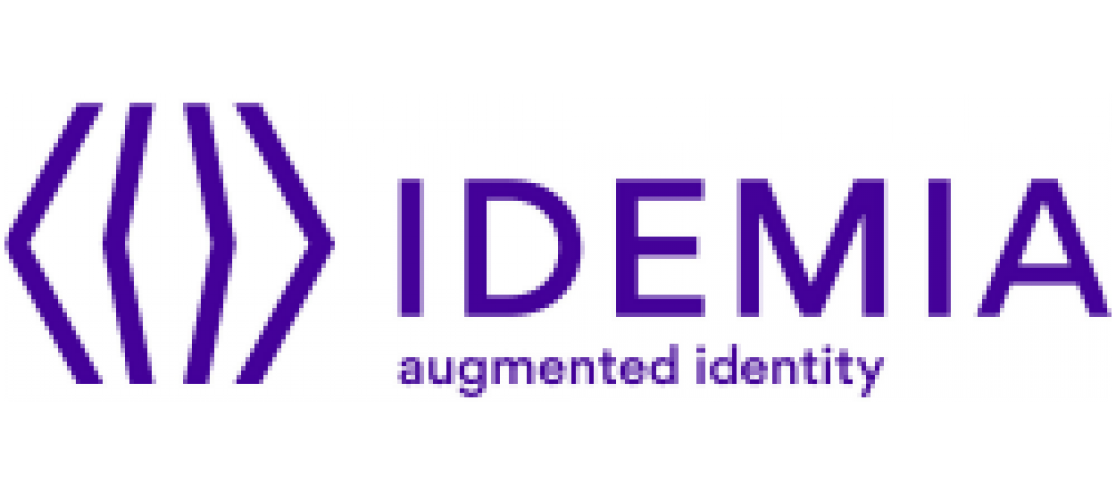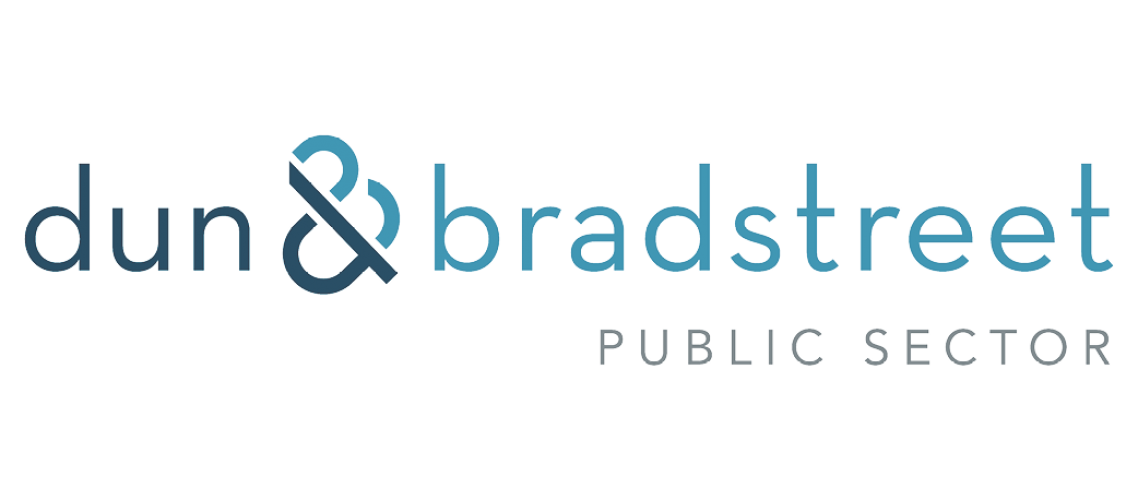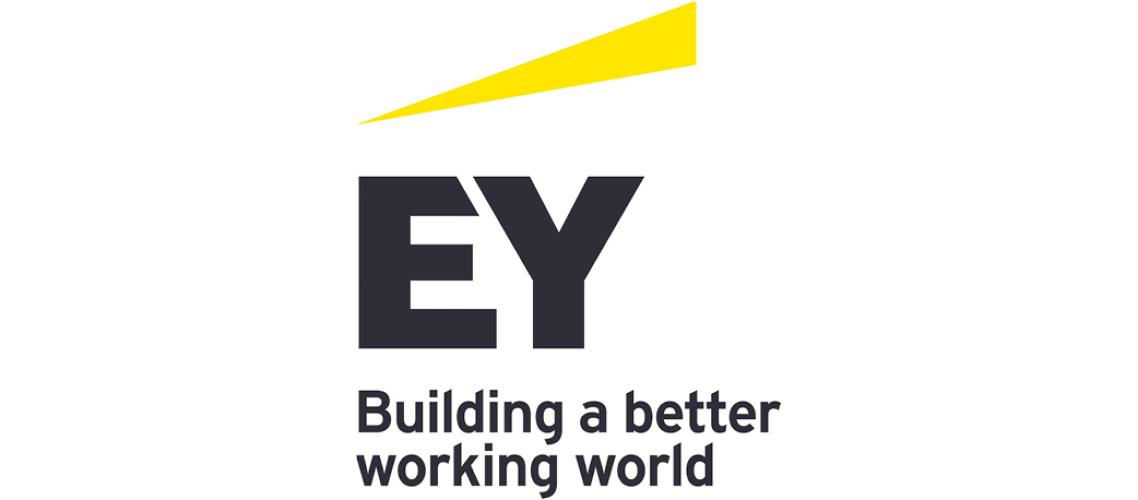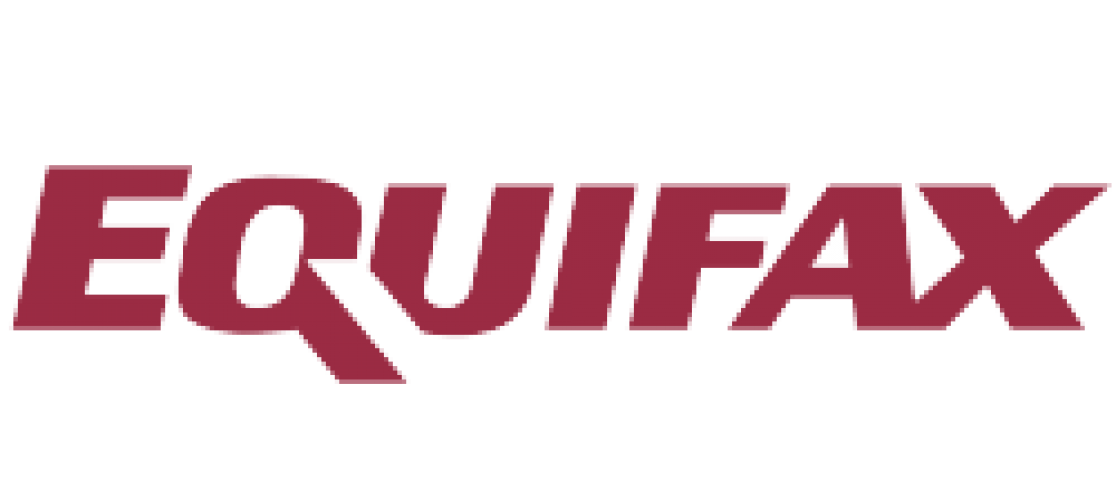NASWA and NAWB Release Report on Workforce Technology
Media Contact
Michelle Marshel, Director, Communications & EventsPhone: (202) 999-0168 | Email: mmarshel@naswa.org
For Immediate Release
Offers in-depth insights from a multi-year examination of workforce technologies throughout the country
WASHINGTON – Today the National Association of State Workforce Agencies (NASWA) and National Association of Workforce Boards (NAWB), with funding from the U.S. Department of Labor’s Employment and Training Administration, released a report sharing deep insights into common successes, challenges, and lessons learned from a multi-year workforce data project that compares the various technology implementation and upgrade experiences of state and local workforce systems required by the Workforce Innovation and Opportunity Act (WIOA).
The report, A Changing Workforce Development Landscape: The Current State of Data Technology Systems and Preparing for What Lies Ahead, explores how emerging data-driven information technologies can help align workforce program processes within the parameters of WIOA mandated reforms. The report offers an assessment of the current state of workforce data systems and examines processes currently in place to meet the data innovation challenges of state workforce agencies and local workforce boards as they work to meet policy reforms. Additionally, NASWA and NAWB offer a set of recommendations to help prepare the workforce technology ecosystem for both the immediate and long-term future.
“The future is today and state workforce agencies have begun to develop new technology systems to adapt for the coming wave of automation and artificial intelligence,” said Scott B. Sanders, Executive Director, NASWA. “NASWA and its members recognize the foundational role that technology, particularly, data will play in helping states navigate the changing world of work, deploy workforce investments most appropriately, and lead the transformations in both policy and technical programming necessary to advance the system and align the shared goals of its users and leaders.”
“The U.S. has seen a massive shift in its business landscape over the last two decades due in large part to the rapid technology boom of the 21st century,” said NAWB CEO Ron Painter. “A growing number of middle-class jobs are becoming automated using artificial intelligence. While old jobs become obsolete, new job demands are forming, which is why the role of local workforce development boards is more important than ever. Workforce development boards are the last mile in job creation, and we are excited to help American workers learn the skills they need to thrive in the new world of work that we live in.”
NASWA and NAWB will utilize these findings to build upon existing efforts of the workforce system to identify and promote newfound practices in data, information technology, and performance management. The findings of this report should serve as a foundational base of evidence that can serve to align the coordinated effort amongst a diverse set of stakeholders interested in advancing technological innovations within the workforce system. The report and other supplemental materials can be accessed here.
About the National Association of Workforce Boards (http://nawb.org): The National Association of Workforce Boards (NAWB) is the national advocate for America’s 550 workforce boards, where employers, job seekers, community leaders, and policymakers converge to focus on job creation and economic growth. NAWB and its members are working to ensure that workforce development remains a priority for our nation’s leaders. NAWB champions and supports the work of its members by developing advocacy and outreach tools, communicating the latest developments in Washington, and providing best-in-class learning opportunities.
###
